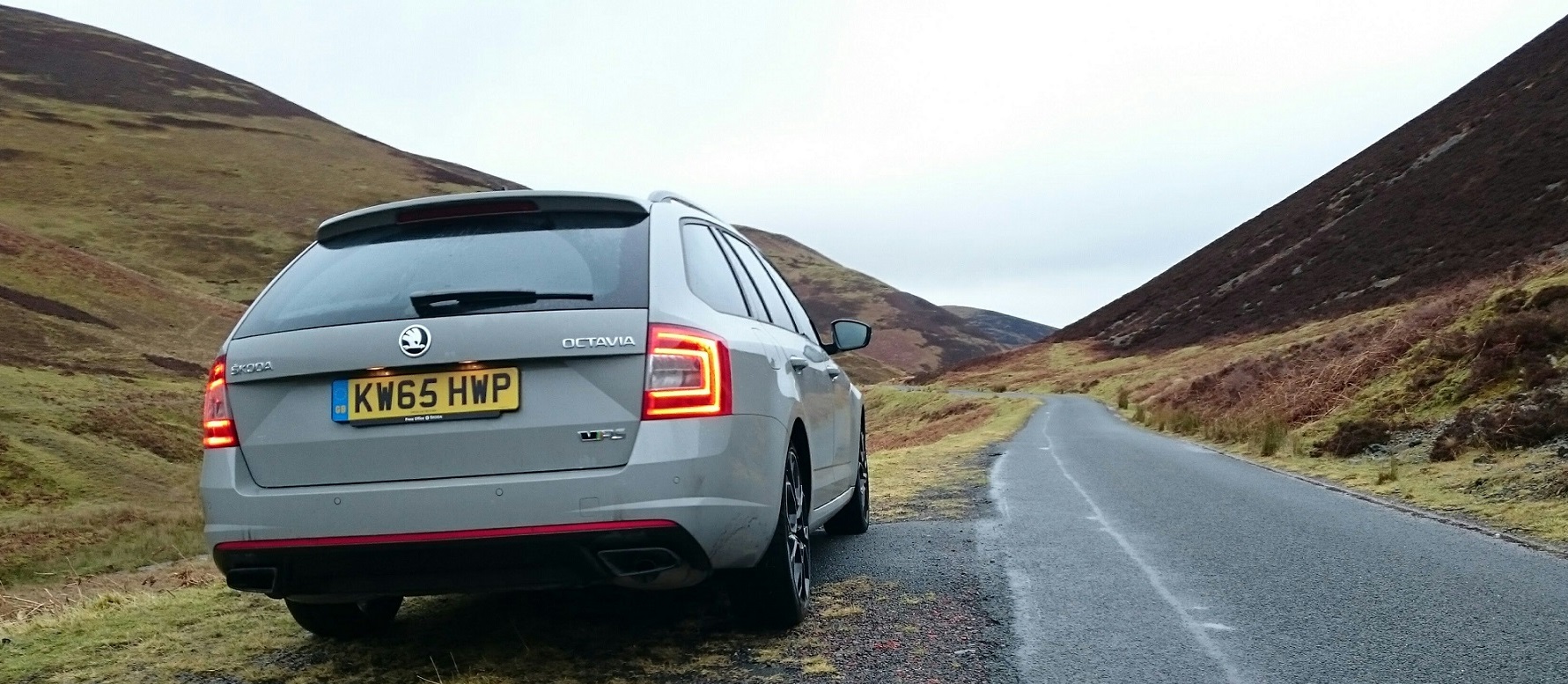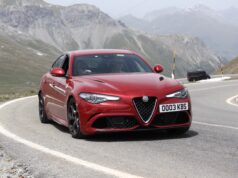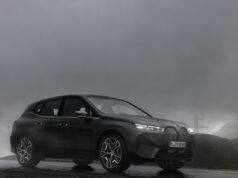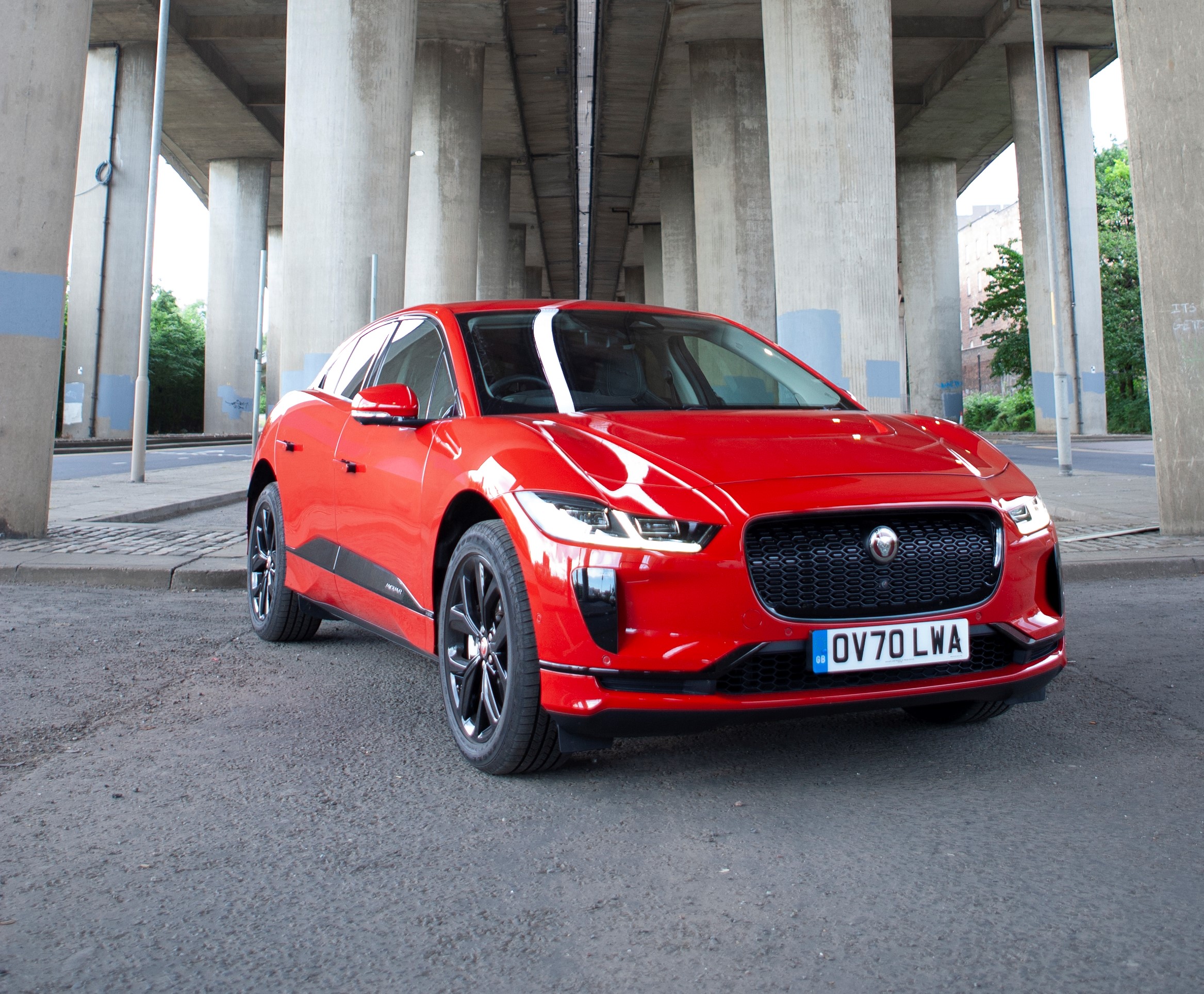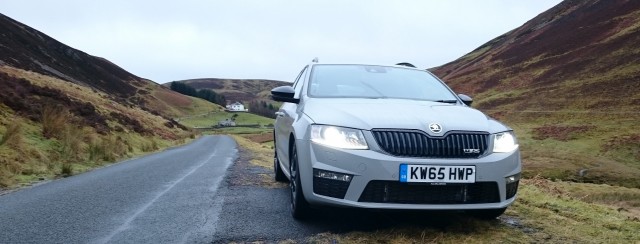
My first memories of the Skoda Ocatvia are not good ones. Back in 1999 my dad had an E36 325i BMW, which I loved, and for some reason unknown to me he decided to part exchanged it for a brand new Skoda Ocatvia. This was at a point when Skodas were very much still haunted by their past reputation (we had Favorits and 130s in the past so I remembered the jokes!) and I remember regularly complaining about this.
This continued until 2001 when some lovely locals in the Wishaw area decided to give the Fire Brigade some work to do and wrote the car off. We were all (even me!) upset at this point until we got a phone call from the local Skoda dealer who was looking after the insurance replacement: “there’s a new model available called a vRS and if you give us an extra 500 quid you can get that instead of a direct replacement” . Having no idea what this was, and the internet not being quite so useful back then, a quick trip to John Menzies for a copy of Autocar was in order. This was interesting:
- a turbo engine which was slightly faster than the BMW
- spoiler + chunky alloys
- well bolstered leather seats
Suddenly all bad memories were wiped away – this Skoda was great and we said yes very quickly.
Back to 2016 and the prospect of the new Skoda Octavia vRS is a very appealing one. The car we reviewed is the vRS 230 Estate with Meteor Grey paint, 13mm lower suspension, black mirrors, grill and exhaust pipes.
Some reviews, like the one written by Matt Allan over at the Scotsman, suggest that the Meteor Grey paint is dull but I’d challenge them to park the car in a supermarket next to boring silver, grey, black and white hatchbacks and not think this car looks special. Even in a drizzle filled Scottish afternoon I thought it stood out and looked superb (small S)!
Stepping inside I thought the vRS was a great place to spend time. Looking at the previous generation vRS, this is a real step up in quality. All the comforts and tech that you would expected are here; sports seats with heated leather, easy to use VAG satnav, all the phone connections you could need and the ever handy radar cruise control.
Getting the car out on the road and it’s instantly clear that you’re driving a large estate car. On country roads it feels large and heavy. This is great for motorway work but if you were doing a lot of motorway driving then you’d buy the diesel version, wouldn’t you?
We managed a couple of family trips across the countryside and it’s here that I got real enjoyment from the car and was glad that it wasn’t a boring diesel. Although there’s no hiding the size and weight it does feel nice in the bends and I was glad to be able to stir the gears with it being a manual. Some people won’t like the sound generator but I thought it added a bit of excitement and felt like I was driving the car at 9/10ths rather than 6/10ths.
Now, at this point I actually thought we had the standard vRS 220, which does without the electronically controlled mechanical limited-slip differential. When taking the family out in the car I was never pushing hard enough to ever need this and even on the couple of short blasts I had on my own I never felt compelled to hustle the big car hard enough.
For most owners, unless you want the extra trim that comes with the vRS 230, I think the standard vRS is almost a perfect family estate. The saving of £2520 get you a nice family holiday and I don’t think many people would miss the slightly lower suspension and trick differential.
PRICE: £28,010
ENGINE: 2.0l TFSI
POWER: 227bhp
TORQUE: 258lb ft
PERFORMANCE: Top speed 153mph 0-62 mph 6.7 secs
CONSUMPTION: 44.8 mpg (combined)
CO2: 143 g/km
TT Rating:



